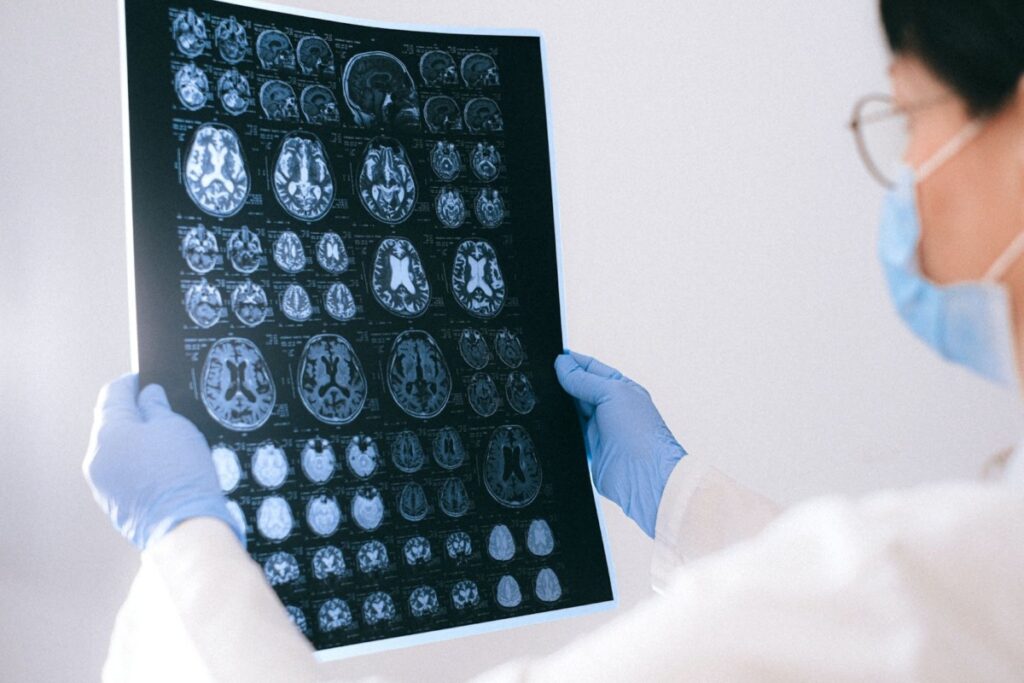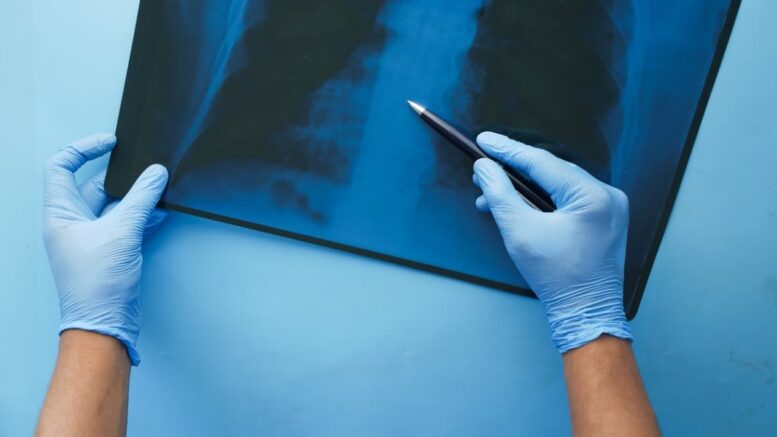Having an X-ray taken can be a costly experience. Because radiologists spend at least 13 years becoming qualified and experienced enough to practice, they naturally charge accordingly.
Because their time is expensive, they naturally want to provide quality service promptly. Contamination of X-rays can mean a less-than-perfect image which can hinder diagnosis, and cause retakes that cost money.
Each year hundreds of millions of X-rays are taken. The global medical X-ray market is expected to be valued at 16.5 billion by 2025. But X-rays are used in many other sectors too, and the cassettes can be subject to cross-contamination there also.
What are X-ray cassettes used for?
Radiography has been making advances ever since X-rays were first discovered. Now, the most advanced way to produce X-ray images is through digital radiography. However, despite the benefits of using DR, it is costly, and not all facilities have the budgets or the capabilities of installing digital radiography.
Therefore, traditional film and imaging plates need to be used. If you suspect you have a broken bone then that’s the time when you should consider using a radiologist. Typically, X-rays are used to pick up fractures and broken bones, but they can also be used for soft tissue damage.
If you have had an X-ray taken then you may have seen a cassette being used. They are sometimes positioned in holders or can be placed directly under the area being X-rayed.
Cassette holders are containers for X-ray film or imaging plates, and they are used to help keep contaminants and light out.
How can you protect X-ray cassettes from cross-contamination?
The cassettes themselves offer a level of protection for the film they hold. They keep the film from being exposed to light. They help produce the best image by allowing the film to be held still in a mobile or static holder. And they reduce the chance of contaminants getting to the film.
But, to reduce further risk of contamination, cassette covers for X-rays from Radman Radiological and other manufacturers are being used to keep impurities at bay.
What contaminants are X-ray cassettes subject to?
Quite often, X-ray cassettes are placed underneath the patient. This opens the chances of cross-contamination further. But, it isn’t only patients that can cause contamination of X-ray cassettes.
X-rays are used in a number of different ways, and not all of them are for medical purposes. They can be used to check luggage at border crossings, they are used in industry, and they can be used in the treatment of bone spurs or dentistry. The uses of X-ray machines are widespread, and some applications can leave the cassettes open to contamination.
Possible contaminants are:
- Dirt
- Dust
- Grease
- Fluids
- Blood
- Pollen
- Chemicals
Cassette covers can stop these different contaminants from making their way inside the containers and affecting the film therein. They can also protect patients and the cassette too.
What other benefits do X-ray cassette covers bring?
Cassettes cost money as does all medical equipment. A single cassette can cost $50, but some are far more expensive and can be hundreds of dollars each. Clearly, protecting and maintaining these cassettes is vital.

They are easy to clean, and this is necessary to reduce the chance of contamination. But, disposable covers can keep them in perfect condition along with their contents. This is good news for accountants. National Health Expenditure reached $4.1 trillion in 2020. This works out at about $12,530 per person in the states. Medicare also increased that year and equated to 20% of the total NHE.
So, the first benefit of using cassette covers is the potential to save money. Yet, they do more than just this.
Benefits of X-ray cassette covers:
- Stop cross-contamination
- Save money
- Save time
- Protect the patient from injury
- Protect the technicians and staff
Cassette covers can save time because they make placement easier. In an emergency X-ray, a patient would normally have to be rolled or moved so that the cassette could be positioned under them. But, covers allow the cassette to be slid under easier.
This saves time and protects everyone involved. Lifting patients can cause injury to both the medical staff, and the patient. Getting the X-ray taken quickly also means less exposure to radiation for all involved.
The material that X-ray cassette covers are made from can cope with being positioned and removed without tearing. They can also be disposed of after use making them a hygienic option.
Summary
X-ray cassette covers stop contaminants from reaching the cassette itself, or the film. Although cassettes can protect imaging plates, cross-contamination can still happen. Cassette covers can help to prevent this.
While it is normal to think of X-rays being used in the medical field normally, they are used elsewhere. In certain industries, X-rays are used to look for flaws and cracks. Due to the nature of some of these industries, there will be many possible external contaminants. Cassette covers can help technicians to produce high-quality images without any damage to the cassette.
